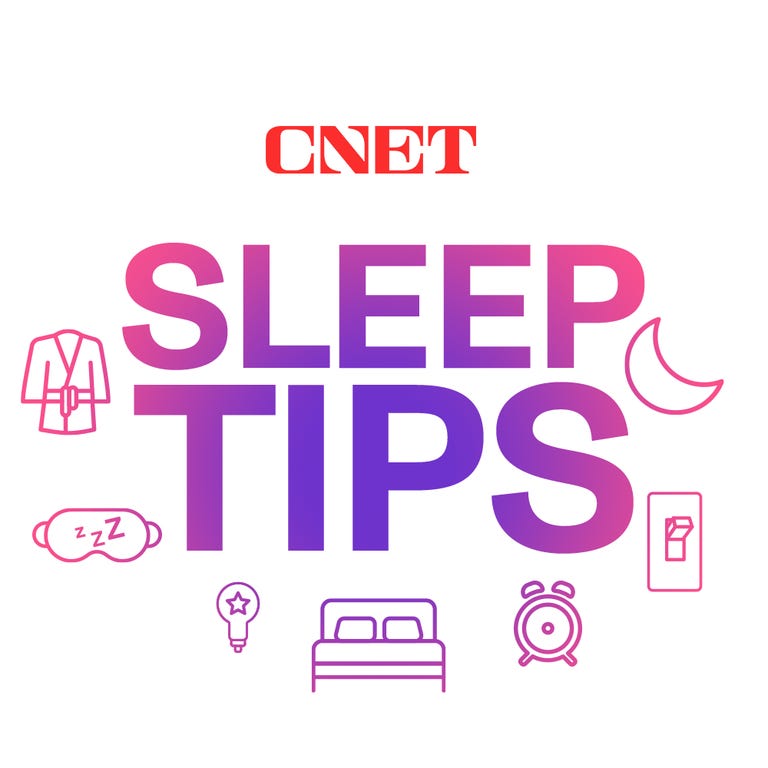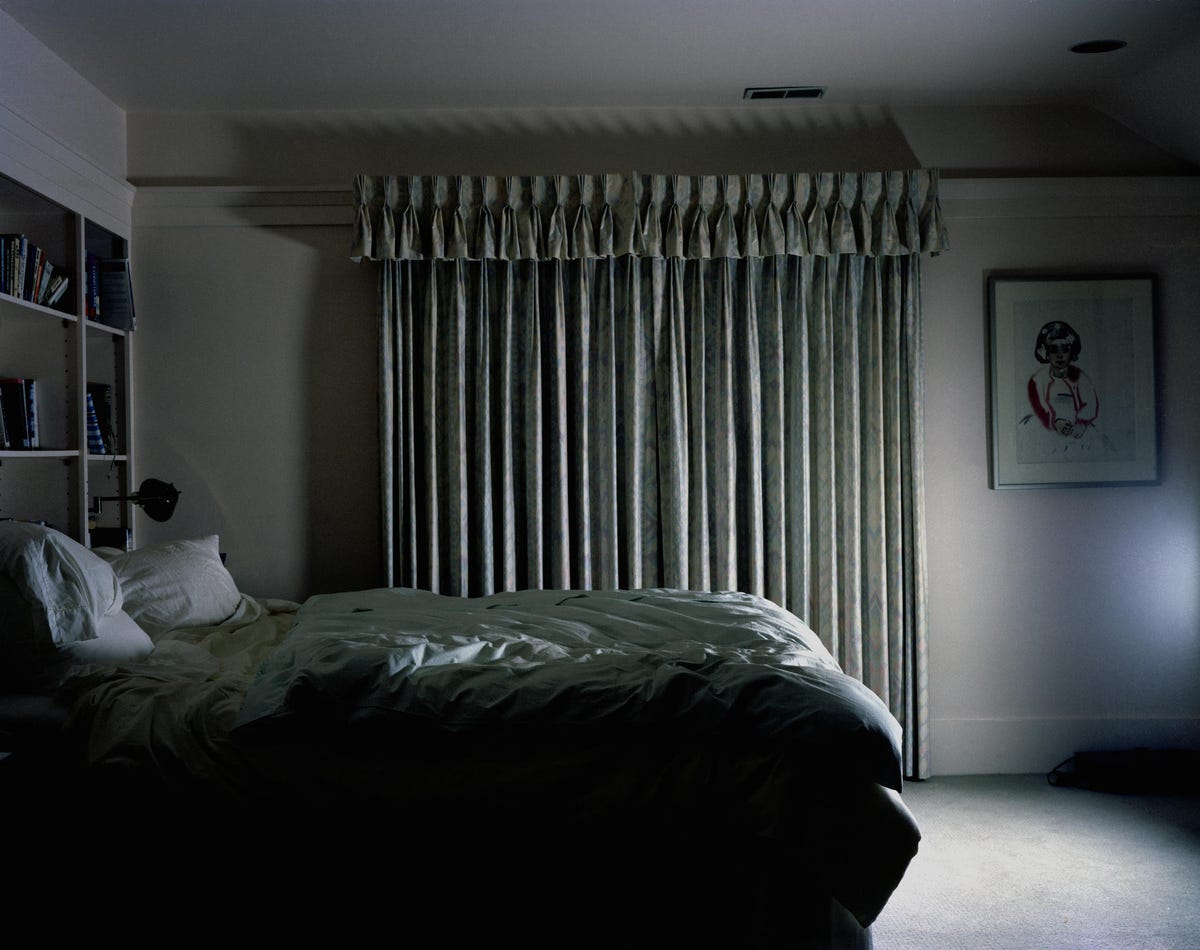Sometimes a nap during the afternoon is the only way to power through the day. While napping can absolutely affect your
sleep
at night, if you do it the right way, you get the best of both worlds — great daytime naps and still sleep soundly at night. With a few napping tips and tricks up your sleeve, you can avoid that oh-so-dreadful delay in your nighttime routine.

For extra tips on getting your best quality sleep, here are 7 natural sleep aids for insomnia and how to create the perfect environment for better rest.
Tips: How to take a nap without ruining your sleep
Cue a collective sigh of relief: You can rejoice in the fact that it is possible to enjoy an afternoon snooze and not feel like you ruined your sleep cycle for the next five days.
While some people — as noted above — should generally avoid naps, with the right strategy, most people can savor an afternoon nap and still get quality shut-eye when the world goes dark. Here are seven do’s and don’ts to keep in mind before your next nap.
1. Aim to nap in the early afternoon
The earlier you can nap (once you start to feel drowsy), the better. Just like long naps, late naps can interfere with your sleep cycle and keep you up at night. Though everyone’s circadian rhythm is unique, most people experience a dip in alertness around 1 to 3 p.m. If you can make it to a restful area within this timeframe, that’s your best bet for a good nap that doesn’t mess with nighttime sleep.

The room you’re napping in should have minimal light. This is difficult to achieve during the day without room-darkening curtains, so definitely invest in some if you take a lot of naps.
2. Set the scene
If you’re going to take a nap, you may as well optimize it. Your napping environment should be just as restful as your sleeping environment. Ideally, you’ll nap in the same place you sleep. Napping in a restful environment — with little to no light, a comfortable temperature and a pillow that suits your sleeping style — can help you fall asleep faster and fully reap the benefits of a short power nap.
3. Nap without guilt
Naps should make you feel better, not worse. Don’t let your nap guilt you into working late or doing more — you needed the extra rest for a reason. Saying things like, “If I nap now, I have to stay up later to do [insert task],” can further disrupt your sleep cycle and cause you to develop a shameful mindset around napping, as if it’s something you should never do. So nap without guilt, as long as you’re still fulfilling your major obligations.
And if you still feel guilty about your afternoon snooze, remember that some cultures literally build naps into their collective daily routine, which should be evidence enough that naps are good for you.
4. Keep naps short
More is not better when it comes to naps. The Mayo Clinic advises people to nap for just 10 to 20 minutes. That may seem ridiculously short — pointless, even — but research shows that naps of this length improve alertness without the groggy post-nap feeling most people are familiar with. Naps that are just 30 minutes long can induce “sleep inertia,” a period of impaired performance immediately after napping.
If you nap for up to an hour or more, you might seriously impair your circadian rhythm. Plus, Fargo says, waking from longer naps can make you feel groggy and cranky because it requires you to wake from deeper sleep. This can cancel out the benefits (read: alertness) you were hoping to gain from a nap.
5. Don’t sandwich your nap with screen time
The whole point of a nap is to make you feel better, not worse. Sandwiching your nap with screen time can make the nap less effective, as the psychosocial effects of screen time (particularly social media usage) can cancel out any tranquility you gained from your nap.
If you work in a profession that requires computer use, it may not be possible to avoid screen time before your nap. But that’s all the more reason to avoid screens for a few moments after your nap. Put your phone away and do something to extend the relaxation: Meditate for five minutes, stretch out your arms and legs, go for a brief walk or eat a healthy snack. Then, get back to work or whatever task is calling your name.
6. Don’t replace your nap with caffeine
Everyone is busy, and burnout is at an all-time high — but stress and anxiety about work and life keep us all going at 100 mph. It’s often tempting to power through the afternoon with an extra cup of coffee, thinking you’ll cross more things off of your to-do list, but your body will be better served by a power nap.
Consuming caffeine in the afternoon is linked to nighttime wakefulness, even if you drink your afternoon coffee six hours before you go to bed. And drinking espresso three hours before bed delays melatonin production (the hormone that makes you sleepy) by nearly an hour.
A short nap, however, can reduce sleepiness, improve focus and increase productivity without the dreaded caffeine crash.
Why we feel sleepy in the afternoon
The natural dip in energy and focus that you feel after lunchtime is known as the “afternoon slump.” This is part of your circadian rhythm, the biological clock inside your body that regulates your sleep cycle. It’s caused by fluctuations in hormones and neurotransmitters, particularly cortisol and adenosine.
Cortisol makes you feel awake and alert. Cortisol levels in the body are generally higher when you first wake up and decrease steadily throughout the day. However, your body produces more cortisol in response to certain stimuli, such as exercise, which is why an afternoon workout can make you feel more awake.
Adenosine, on the other hand, makes you feel sleepy, and your body secretes more of it as the day goes on. (Fun fact: Caffeine blocks adenosine receptors on your cells, which is why it works to keep you alert.)
Aside from your natural body clock, things like nighttime sleep quality, diet, caffeine consumption, room temperature, screen time and exercise habits influence afternoon fatigue. Sleep disorders, such as sleep apnea and insomnia, also contribute to daytime sleepiness.
Who shouldn’t take a nap
Dr. Ramiz Fargo, medical director for the Loma Linda University Sleep Disorder Center, told CNET that most people can take naps and still enjoy a healthy sleep cycle, but people who struggle with insomnia should avoid napping.
In people who already experience nighttime wakefulness, napping can exacerbate the problem and lead to a sleep detriment in a few ways, including:
If you aren’t diagnosed with a sleep disorder and you don’t usually have trouble falling asleep or staying asleep at night, you can most likely nap without issue.





